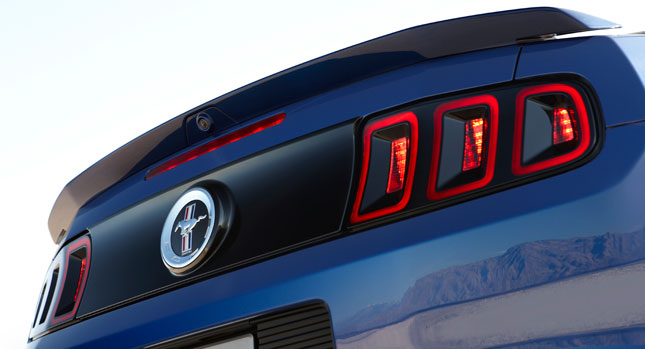It wasn’t too long ago when LED (light-emitting diodes) lights were a feature one could only find in the top end premium cars. Today, they have become cheap enough to be produced in large quantities and as a result, are storming the car market.
LEDs are much more energy-efficient than conventional halogen bulbs because they do not generate light from heat. For example, a Visteon-designed LED headlight for a Bentley requires only 15 watts for the low beam, whereas an equivalent halogen bulb needs 65 watts to do the same job. They last longer as well; about 10,000 hours or 10 times longer than a halogen unit.
According to a forecast by London-based L.E.K. Consulting, by 2016, 29 percent of all vehicles made in North America will be fitted with LED taillights – an increase of 10 percent compared to this year.
“Taillights have become a style statement”, says Steffen Pietzonka, vice president of marketing for Hella, which produces LEDs for Audi. “Over the next four years, a lot of entry-level and mid-sized vehicles will have LEDs. It offers huge styling opportunities.”
Styling aside, LED brake lights also offer a safety advantage as they light up in just 200 milliseconds, which is much faster than conventional units, and thus are able to warn following motorists much earlier.
However, LED daytime running lights like the ones pioneered by Audi, will be less common because they require heating systems to keep the silicon from overheating. As a result, they cost nearly four-times more compared to xenon units (US$60-80 compared to $20).
L.E.K. Consulting predicts that only 1 percent of NA vehicles will have LED headlamps in 2016, while 12 percent will have xenon headlights.
Story References: Autonews
PHOTO GALLERY
















